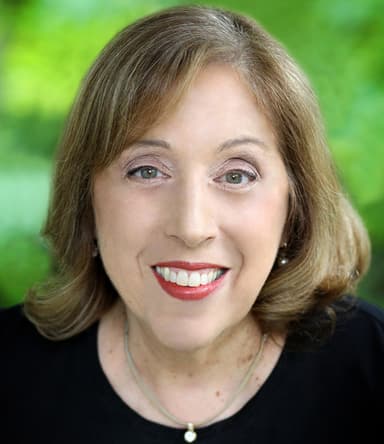
Reverse mortgages were first written in 1961, according to Investopedia. They became better known when President Ronald Reagan signed the Housing and Community Development Act into law in 1988. Since then, the U.S. Department of Housing & Urban Development and the Federal Housing Administration have worked to add safeguards through federal regulations, insurance and more stringent qualifying criteria.
Today, qualified older Americans may be able to use a reverse mortgage not just to stay in their current home but also to buy a new home. Buyers, who must be at least 62, must demonstrate they have the in-come to pay real estate taxes and the cost of homeowner insurance and can afford to maintain their home, whether a single-family home or a condo, says Steve Resch, vice president of retirement strategies with Finance of America Reverse, based in Tulsa, Okla. Reverse mortgages are not yet available for cooperative apartments, he says.
Those who might benefit most are homeowners who want to access capital without affecting their budget or savings, because borrowers have no required principal or interest payments for as long as they are living in the property. A reverse mortgage could also benefit those who might outlive their retirement savings. The reverse mortgage amount will range from 35% to 60% of the value and is determined by the age of the youngest borrower, the current appraised value& of the home and current interest rates, says David Tourtillott, a loan originator with Homestead Mortgage LLC in Hyannis, Mass.
Available funds can be left in a line of credit, which can appreciate over time, Resch says. “A borrower can use them for a variety of needs, from in-home health care to HOA costs or to build an ADU,” he says. Once a borrower sells a house, remaining monies are paid back, first to the reverse mortgage company.
Some don’t like reverse mortgages because of the closing fee of 2% of the appraised value, plus origination and attorney fees. Resch doesn’t recommend them for borrowers who plan to live in their house less than 10 years.









